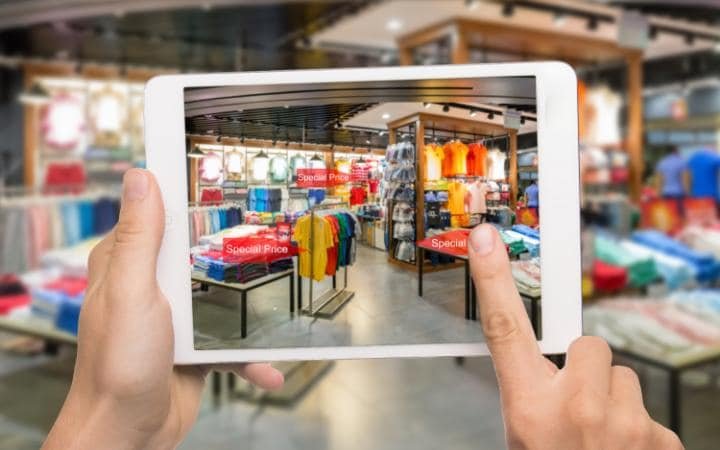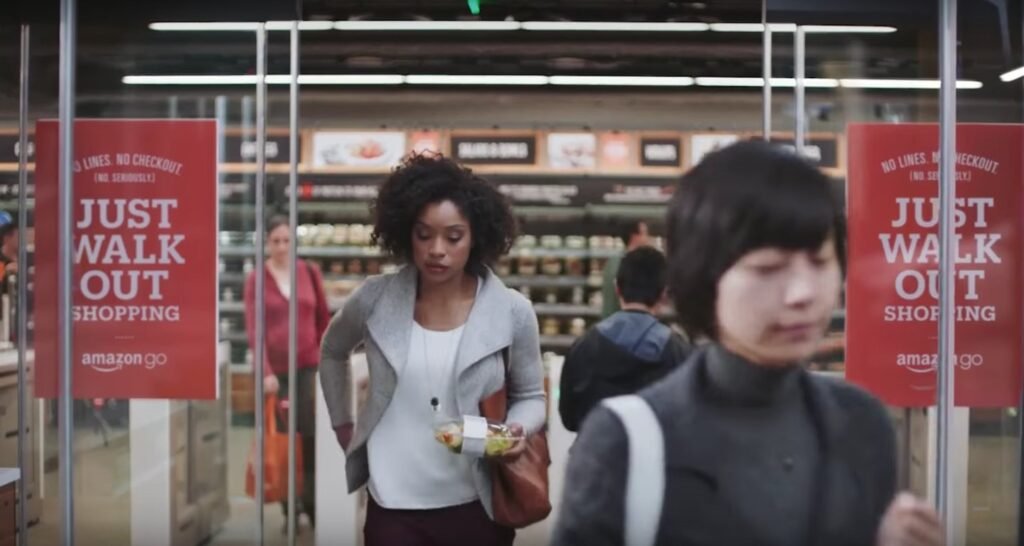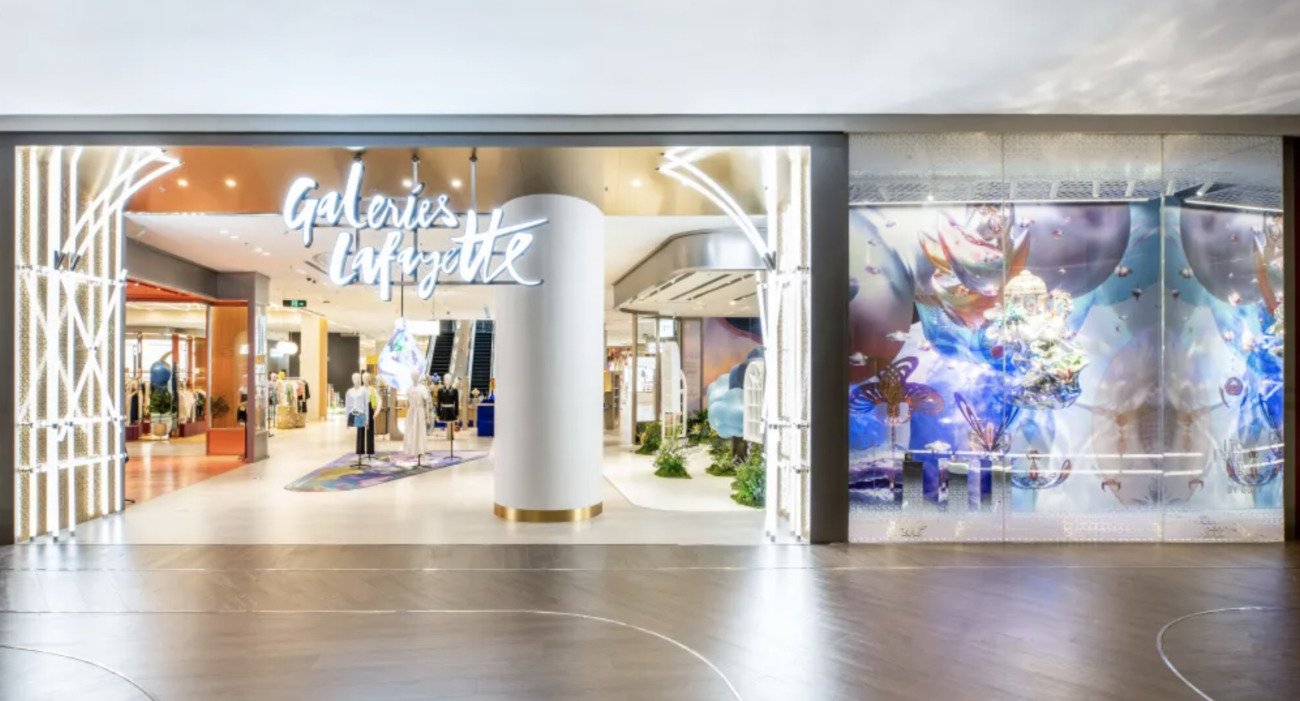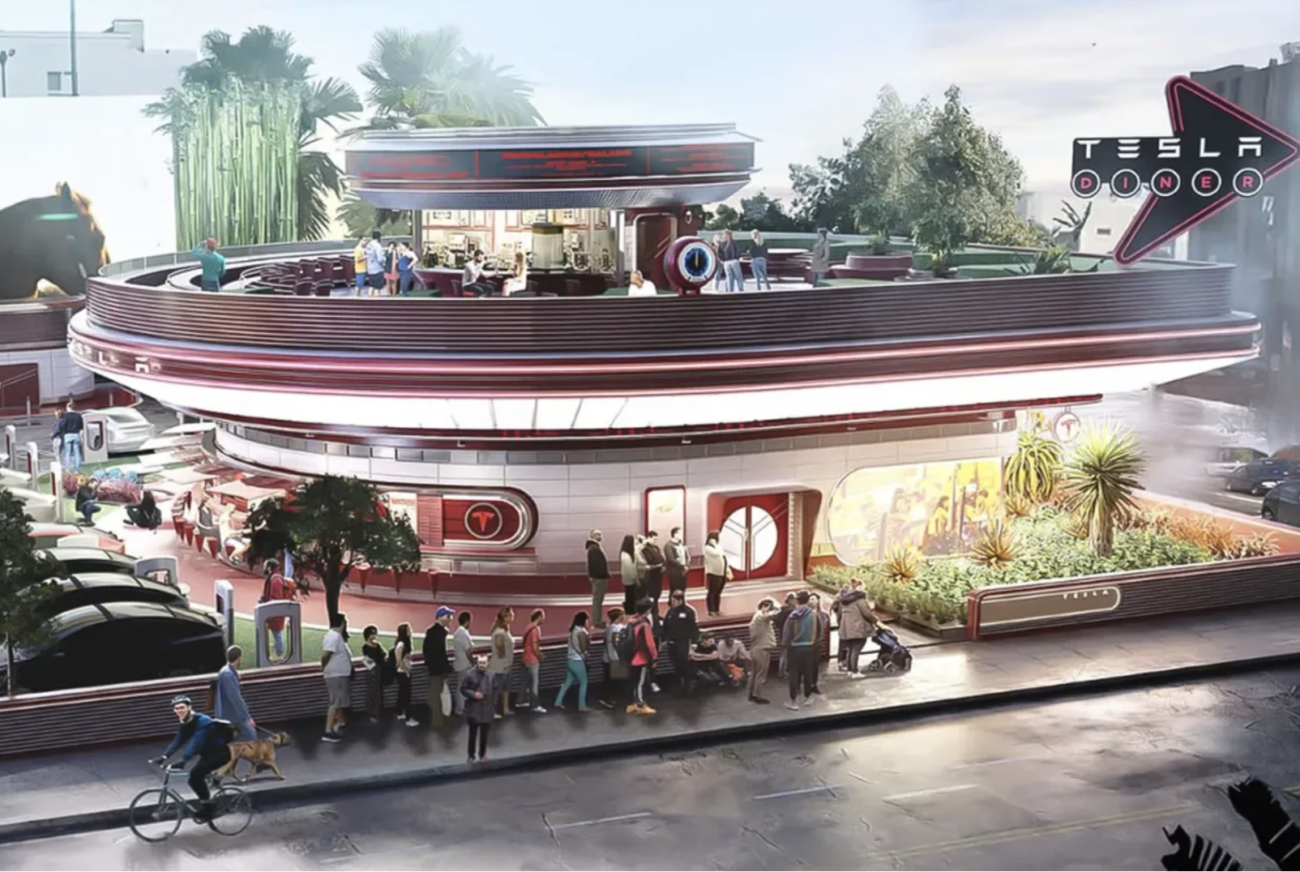The Internet Of Retail
Traditional retailers are being drawn into an unusual paradox. When customers shop online, use search engines or websites then the different systems are able to change the layout to recommend products based on personal preferences,

Traditional retailers are being drawn into an unusual paradox. When customers shop online, use search engines or websites then the different systems are able to change the layout to recommend products based on personal preferences, past behaviour and demographics.
This includes using their search history and discarded items to promote new products all in real time.
By understanding behaviour, what people look at, what they buy, how many times they come back and comparing how different versions of the same webpage affect sales, companies can constantly improve the shopping experience, and happy engaged customers ultimately buy more.
The slick, easy shopping experience that internet retailers have achieved has lured shoppers away from the high street. While this sounds great for organisations like eBay and Amazon, or traditional retailers with a strong online presence, online sales are still a higher cost to the retailer and shoppers still like to go to the high street.
So what can bricks and mortar retailers do differently to create a better in-store experience?
If traditional stores are to encourage consumers to spend more on the high street, they must understand why some clients prefer to shop online. Websites are built for speed, accuracy and a personalised experience.
Web analytics can help online retailers track every move customers make, from how long they spend looking at particular products to whether they are prone to impulse purchases, and how much they spend before heading to the checkout.
They can also monitor trends like purchase history and how many unwanted items people remove from their shopping baskets. As the online shopping experience is so much easier than wandering around a store for hours, there has been a huge shift in consumers’ expectations.
To compete with online retailers, physical stores must try to match the quality of the shopping experience while also gathering data on shoppers’ habits. This is relatively easy online but, in the analogue world, the casual shopper is a black hole of information.
By introducing a little technology to the mix, data can reveal insights that can change consumers’ behaviour, increase sales and improve the experience to the point where shoppers return to the high street.
Bricks and mortar retailers are now monitoring customers in their stores. They can identify which parts of the store attract the highest footfall, where shoppers stop and browse, and what they do or don’t add to their baskets. By analysing and acting on this data, just like online high street retailers can improve the experience in their stores.
Stores of the future will use hardware to track and direct shoppers to recommended products. Some will also employ robots to accompany customers around a store but, even with the technology of today, stores can capture and process information.
Increased connectivity associated with the Internet of Things is changing the retail landscape. Customers’ behaviour and movements used to be monitored by responding to push notifications on phone apps. Although these apps could track and identify users, they were often switched off or ignored.
Some customers felt that the data they collected was a little creepy and because the app was on their phone it could potentially breached their privacy, so they didn’t have positive experiences with certain brands.
The solution for retailers is to track their own products and search for patterns in store only that can be analysed to predict behaviour. By incorporating tracking technology into supermarket trolleys and baskets, for example, consumer privacy can be maintained while movement and behaviour data is collected anonymously.
The model can also be extended to the warehouse where forklift routes and pallet distribution can be optimised to help drive further efficiencies.
As almost everyone uses a trolley or basket in a large retail outlet, companies can monitor what people buy, what they consider buying and what they ignore by tracking their browsing patterns. While this may sound like a costly investment for the store, this is actually much cheaper than tagging individual products with RFID tags which leave the store when the customer pays and walks out.
Accenture believes that relatively few trolley tags are required to collect huge insights and the price of each receiver is much less than expected. Considering the amount of data the system delivers, tagging trolleys and baskets is surprisingly cost efficient.
Collecting, analysing and acting on this data is essential for the success of a store. Using only a little technology, Accenture’s own Internet of Things (IoT) platform still processes 350 million slivers of information each month.
This is more than enough to check store efficiency and develop shopping experiences that are better tailored to consumers.

Amazon’s physical stores are a case in point: With Amazon Go, customers simply place items in their baskets and leave the store when they finish shopping. Tags on the products, in the baskets and at the store entrance are read automatically and consumers’ accounts are charged without them having to queue at the checkout.
This is the perfect example of how technology facilitates the retail experience. It also helps to reduce theft. Another example would be to have TV screens in each aisle. As customers place items in their baskets, the screens flash up with related products to promote complementary or impulse purchases.
This commoditisation of the Internet of Things delivers information to retailers very cheaply. The data allows retailers to make better decisions regarding product placement, store layout, stock control and till efficiency, all of which help improve the customer experience and increase revenue.
As such, there is no excuse not to implement stronger data collection and analytics technology. High street retailers must act now to change what they offer to customers. if they are to remain competitive.
Those that can adapt and offer consumers a more rewarding and personalised shopping experience comparable to an online one, will be those who succeed.
Via The Telegraph
 English
English






